Accepted Scientific Name: Echinocereus knippelianus Liebner
Monatsschr. Kakteenk. v. (1895) 170.
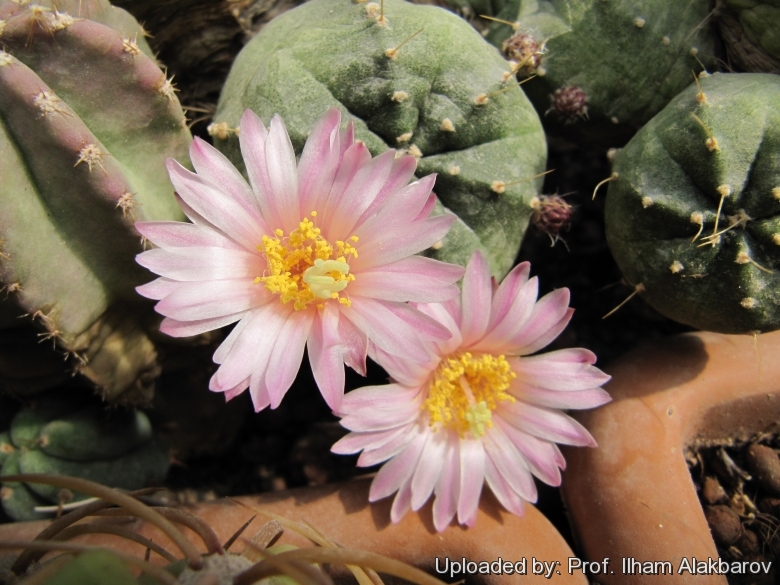
Echinocereus inermis (Echinocereus knippelianus) Photo by: Prof. Ilham Alakbarov
Origin and Habitat: Mexico, Sierra Madre Oriental Mountains (Coahuila, Nuevo Leon). The population is estimated to be greater that one million individuals.
Elevation range: Around 2,000-2,200 metres above sea level.
Type locality: Unknown [Relocated in Sierra Parras, Coahuila, Mexico].
Habitat: This high mountain cactus is found growing on limestone soil in grassland and pine forests often the semi-shade of rocks and pines. There is some illegal collection of this species, but it is not a major threat.
Synonyms:
See all synonyms of Echinocereus knippelianus
Common Names include:
SPANISH (Español): Peyote Verde
Description: Solitary or slowly clumping cacti.
Stem: Plump, soft, flattened or globose , dark green with slightly lighter ridges, up to 10 cm tall, 8 cm in diameter.
Ribs: 5 to 7 ribs, either tuberculate or slightly wavy, separated by broad furrows.
Areoles: Small with whitish felt, 5 mm inches apart.
Spines: Nearly spineless, with 1 to 3 thin yellow spines, 3 to 15 mm long.
Flowers: Pink or white funnel-shaped flowers, 2.5-4 cm long, up to 6 cm in diameter, appearance in spring and summer. Flowers push through the body from the crown.
Fruits: Green berries near the stem tip
Roots: Thick tuberous root that pulls the plant below ground to avoid the hot sun.
Subspecies, varieties, forms and cultivars of plants belonging to the Echinocereus knippelianus group
Bibliography: Major references and further lectures
1) Ulises Guzmán, Salvador Arias, Patricia Dávila "Catálogo de cactáceas mexicanas." Universidad Nacional Autónoma de México, Mexiko-State 2003
2) Fitz Maurice, B & Fitz Maurice, W.A. 2013. Echinocereus knippelianus. The IUCN Red List of Threatened Species. Version 2014.2. <www.iucnredlist.org>. Downloaded on 14 August 2014.
3) Edward Anderson “The Cactus family” Timber Press, Incorporated, 2001
4) James Cullen, Sabina G. Knees, H. Suzanne Cubey "The European Garden Flora Flowering Plants: A Manual for the Identification of Plants Cultivated in Europe, Both Out-of-Doors and Under Glass" Cambridge University Press, 11/Aug/2011
5) David R Hunt; Nigel P Taylor; Graham Charles; International Cactaceae Systematics Group. "The New Cactus Lexicon" dh books, 2006
6) Urs Eggli, Leonard E. Newton: “Etymological Dictionary of Succulent Plant Names” Springer, Berlin/Heidelberg 2010
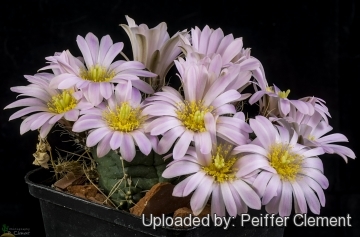 Echinocereus inermis (Echinocereus knippelianus) Photo by: Peiffer Clement
Echinocereus inermis (Echinocereus knippelianus) Photo by: Peiffer Clement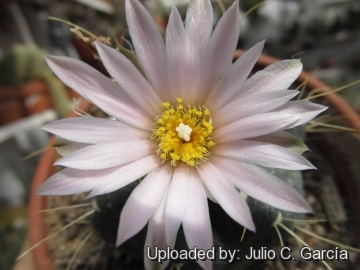 Echinocereus inermis (Echinocereus knippelianus) Photo by: Julio C. García
Echinocereus inermis (Echinocereus knippelianus) Photo by: Julio C. García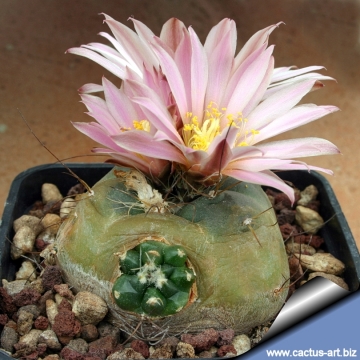 A particularity of this plant is that the buds emerge through the plant's skin above an areole. (Echinocereus knippelianus) Photo by: Cactus Art
A particularity of this plant is that the buds emerge through the plant's skin above an areole. (Echinocereus knippelianus) Photo by: Cactus Art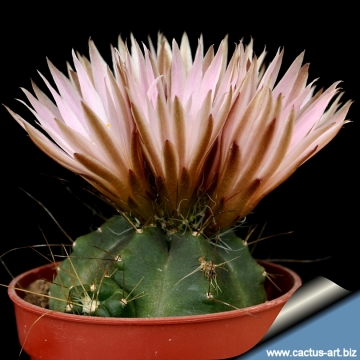 Echinocereus inermis (Echinocereus knippelianus) Photo by: Cactus Art
Echinocereus inermis (Echinocereus knippelianus) Photo by: Cactus Art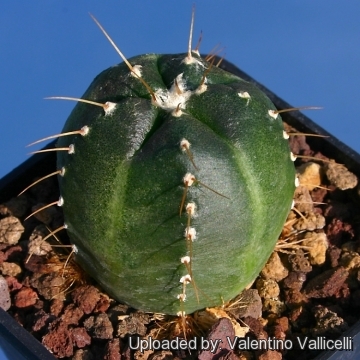 Echinocereus inermis (Echinocereus knippelianus) Photo by: Valentino Vallicelli
Echinocereus inermis (Echinocereus knippelianus) Photo by: Valentino Vallicelli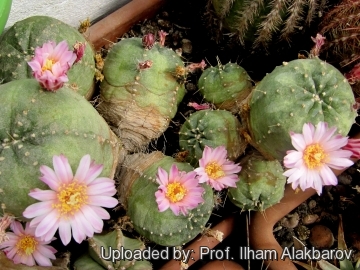 Echinocereus inermis (Echinocereus knippelianus) Photo by: Prof. Ilham Alakbarov
Echinocereus inermis (Echinocereus knippelianus) Photo by: Prof. Ilham Alakbarov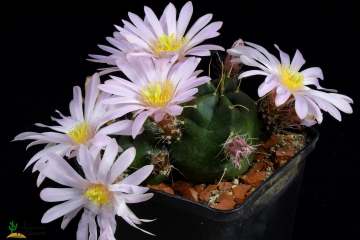 Echinocereus inermis (Echinocereus knippelianus) Photo by: Peiffer Clement
Echinocereus inermis (Echinocereus knippelianus) Photo by: Peiffer Clement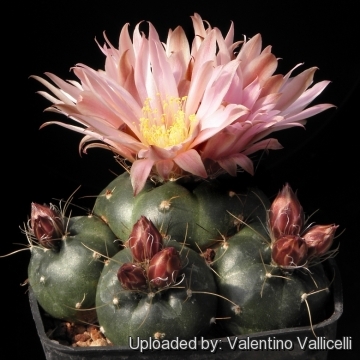 Echinocereus inermis (Echinocereus knippelianus) Photo by: Valentino Vallicelli
Echinocereus inermis (Echinocereus knippelianus) Photo by: Valentino VallicelliCultivation and Propagation: In culture E. knippellianus is without problems and regularly shows its pink flowers, if we provide an adequate winter rest period. It is sensitive to over-watering (rot prone), and needs good drainage. Fertilize with half- strength liquid fertilizer in summer. Keep drier and cool in winter. Needs full sun. Very cold resistant, hardy to -12° C or less for short periods of time.
Propagation:: Seeds or cutting (if available)
Your Photos
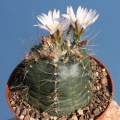
by Valentino Vallicelli
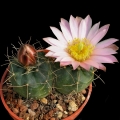
by Valentino Vallicelli
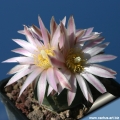
by Cactus Art
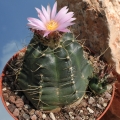
by Valentino Vallicelli
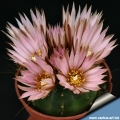
by Cactus Art























